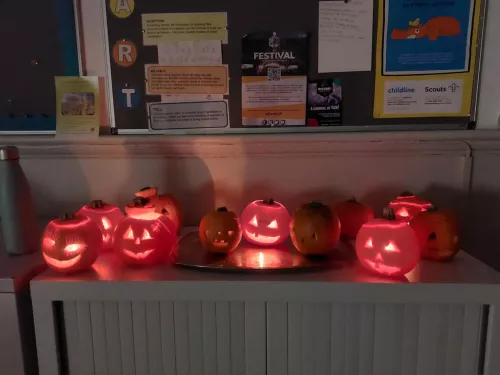
Green your Halloween: Sustainable tips from Folkestone Blue Influencers
Here's how to make your Halloween sustainable, from trick-or-treating more responsibly to using the entire pumpkin.
Learn more about the wildlife and wild places in Kent and beyond.

Here's how to make your Halloween sustainable, from trick-or-treating more responsibly to using the entire pumpkin.
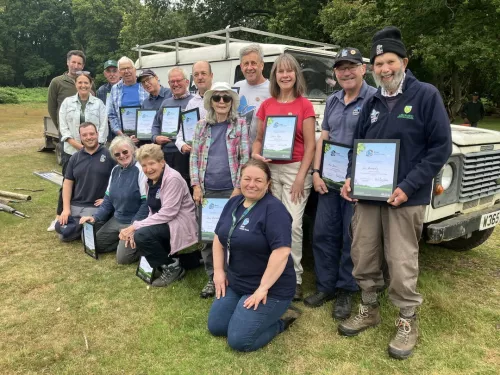
By August, floral glory has passed from the orchids (heath spotted, southern marsh and a few large hybrids) to the heather or ling. As ever, we hope for a protracted display of purple in the heathy areas, which is likely if the cool nights persist. Orchid seed is now ripening. Dust-like, dispersed on the wind, the seed contains no nutrients to support germination so needs a mycorrhizal fungus to supply nutrients from the soil to its roots. From seed to flowering takes three years or more.
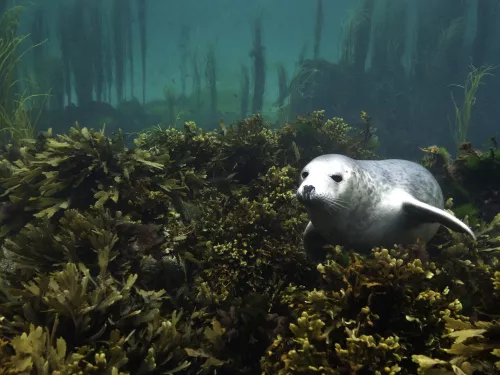
During the 50 years or more that I have been involved with studies on the coasts of Kent and Sussex, I have seen considerable change to the inshore marine environment and its fauna and flora...
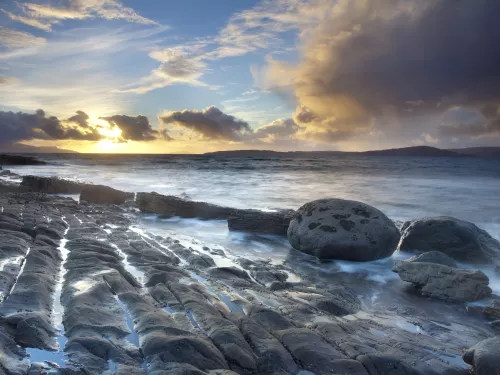
The Making Space for Nature Project is leading on Kent and Medway’s Local Nature Recovery Strategy (LNRS). A team has been in place since October, engaging with stakeholders about nature recovery plans for Kent's future.

July is Disability Pride Month, a time to celebrate the achievements of people with disabilities and to advocate for greater accessibility and inclusion.
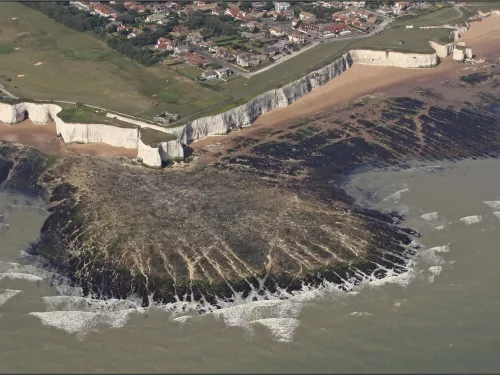
The county of Kent is blessed with an extensive coastal and intertidal environment comprising elements of the eastern Thames Estuary, the southern North Sea and the English Channel. In north-east Kent, located between the towns of Whitstable and Deal, is the North East Kent Marine Protected Area (NEKMPA) which includes the previously designated North East Kent European Marine Site, the Thanet Coast Marine Conservation Zone and Sandwich & Pegwell Bay National Nature Reserve.

The annual pinnacle of Kent Wildlife Trust’s ‘Wilder Volunteering Recognition Programme’ is the Wilder Kent Volunteer Awards that we are proud to host in partnership with the Marsh Charitable Trust.

For those of you reading this, many will feel disheartened by the fact that nature and wildlife were barely mentioned during the election campaign and debates. However, the result of the election did suggest that green issues are starting to take hold.